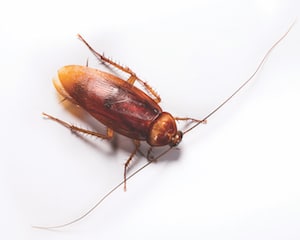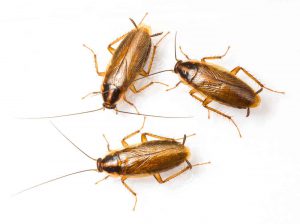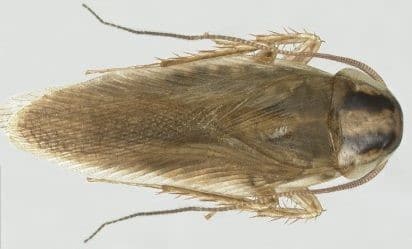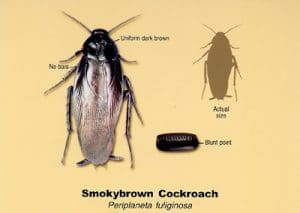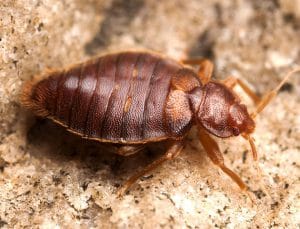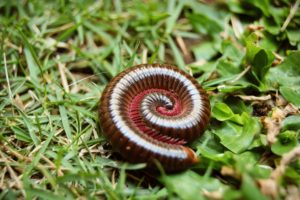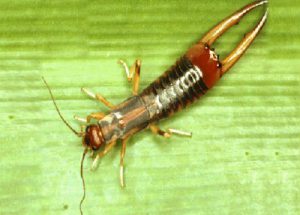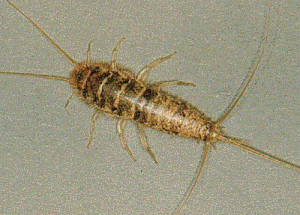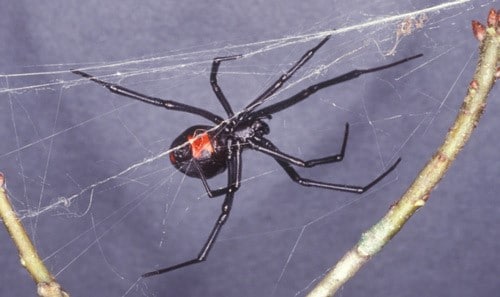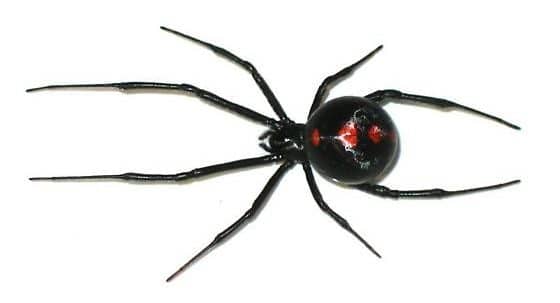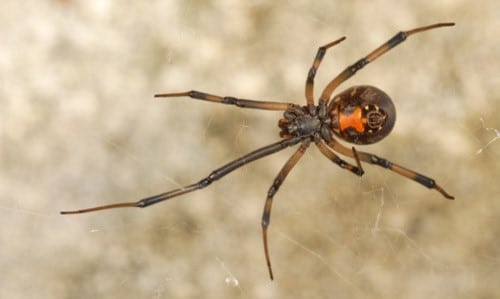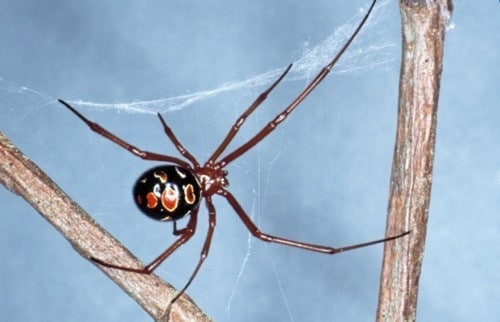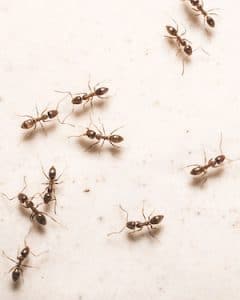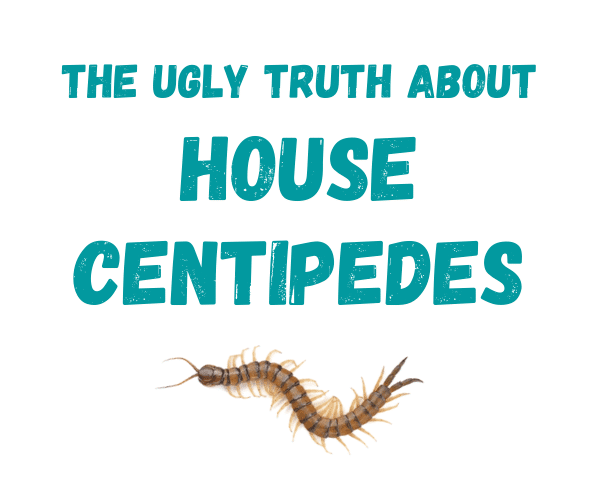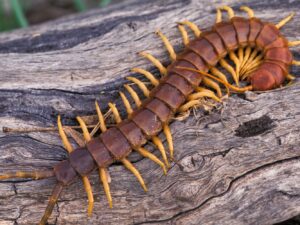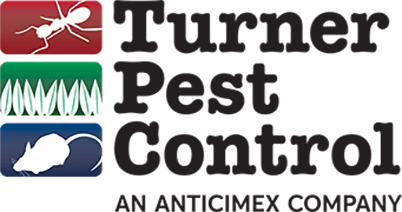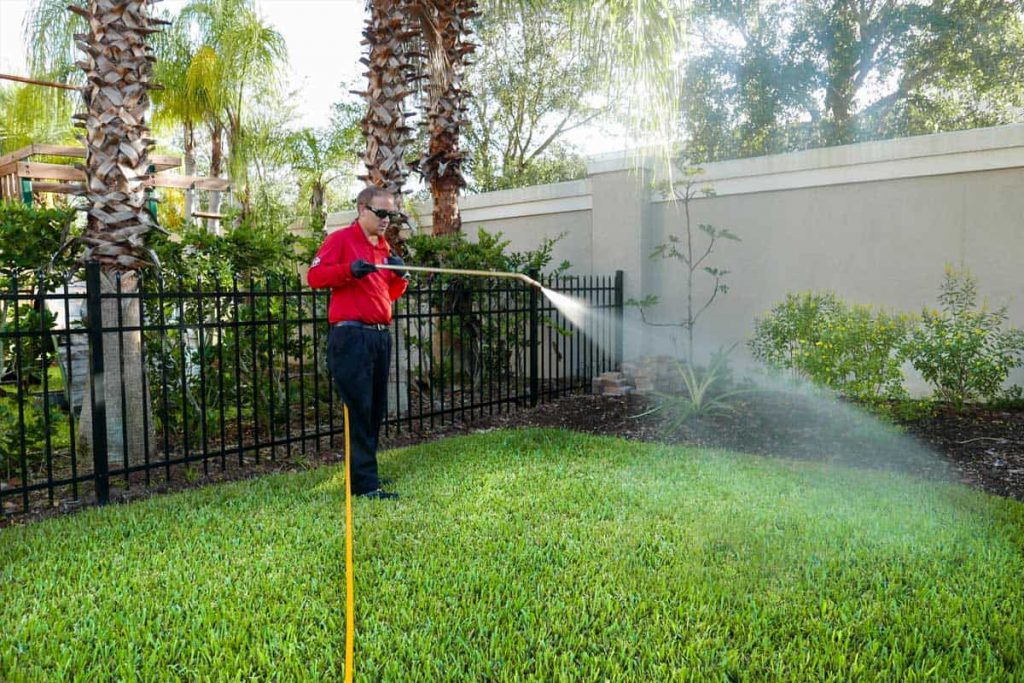
A healthy lawn adds to your home’s curb appeal while giving you and your family a great space to enjoy the outdoors. Read on for our best tips for lawn care, including proper watering and mowing, plus a guide to lawn pests. (Looking for “lawn pest control near me?” For the ultimate convenience, our lawn and outdoor services make it easy to have the lawn you’ve always wanted!)
LAWN WATERING TIPS.
How much water your lawn needs.
Generally, your lawn needs about one to one-and-a-half inches of water per week to keep it green and actively growing. Underwatering causes stress that leaves your lawn more vulnerable to disease, insect problems, and weeds. To avoid water stress, most lawns need watering twice a week for 45 minutes to an hour at a time.
Checking to see how much water your lawn is getting is easy: Place an empty tuna or cat food can (or another can that’s one inch deep) in the area being watered. When it’s filled, you’ll know to move your sprinkler to another area. Note: Grass that’s adjacent to curbs or pavement will often need more water, since heat builds up there and dries the soil out faster.
Water as infrequently as possible.
When you do water, do it thoroughly so that water reaches the roots. Exceptions to this rule include newly seeded lawns, which need to have their surfaces kept moist, and newly sodded lawns that haven’t yet rooted into the soil, or when you have a problem with summer patch disease. Otherwise, avoid watering frequently, which promotes weeds and shallow root systems.
Water early if possible.
If you have the choice, water early in the day when lawns are normally wet with dew. Why is this the best time of day? Lawns watered at midday won’t receive enough water due to evaporation, and lawns watered in the evening or at night will stay wet for too long, which makes them vulnerable to disease.
As always, though, there are exceptions in some conditions: During periods of extremely hot weather and when nighttime temperatures don’t drop below 70 degrees, it’s better to water in the late afternoon or early evening unless watering-time restrictions are in effect. This will allow more water to reach the roots when the temperatures remain very high for most of the day.
MOWING TIPS.
Mowing is more than just trimming your lawn: It’s an important part of keeping your lawn healthy and resistant to problems.
How much to cut.
Don’t remove any more than one-third of the grass leaf at any one cutting. Even if your lawn has gotten taller than usual, don’t give in to the temptation to just lop it all off to get caught up. Instead, break your mowing up into a few sessions with about three days between cuttings. Always try to avoid cutting grass when wet.
All grass varieties should be mowed at or near their optimal mowing heights. This will keep grass healthy and dense. Higher density means more soil surface shading, which severely restricts the germination of many annual grassy and broadleaf weeds. Maintaining a dense, healthy lawn is the best weed control.
These are optimal mowing heights and frequency for various types of Florida home lawns:
- Common Bermudagrass: 1.5 inches/3 to 7 days
- Hybrid Bermudagrass: 1.0 inch/3 to 7 days
- Centipede Grass: 2 inches/7 to 14 days
- Seashore Paspalum: 1.5 inches/3 to 7 days
- St. Augustine Grass: 2.5 inches/5 to 7 days
- Zoysia Japonica (coarse bladed): 1.5 inches/7 to 10 days
- Zoysia Matrella (fine bladed): 1 inch/5 to 7 days
What to do with clippings.
When mowing only a third of the grass leaf with each cutting, you can safely leave the clippings; they will quickly decompose and add nutrients back into the soil. Grass blades are made of about 75 percent water, and do not add to thatch buildup. As noted on the University of Florida’s Institute of Food and Agricultural Science’s Gardening Solutions website, “Although many people believe that clippings contribute to thatch, research has shown that clippings are readily decomposed by microbial action.”
Vary mowing directions.
Mow your lawn in a different direction with each mowing, especially if your lawn is of a shorter grass type. This ensures a more even cut since grass blades will grow more erect and be less likely to develop into a set pattern.
Stay sharp!
A mower blade will need to be sharpened several times during the height of the mowing season. (Professionals often sharpen their blades after just eight hours of use.) Keep several blades around so you’ll always have a sharp one on hand.
Change the oil.
Don’t forget to change your mower’s oil at least twice during the mowing season.
Discard old gas.
If you didn’t drain your gas tank in late fall or if you used a fuel stabilizer, don’t use that old gas, which can cause a number of problems. It’s better to use fresh gas to begin the new mowing season.
WEEDS, LAWN BROWN SPOTS, AND GRAY LEAF SPOTS
These are three things that you definitely don’t want to see in your yard.
In general, the best way to keep weeds out of your lawn is to have dense turf that’s vigorously growing. A thick, healthy lawn protects against weeds in two key ways. First, there is less room for weeds to become entrenched and, next, it prevents sunlight from shining on the soil where the weed seeds are waiting to grow.
So, the goal is to keep a lawn that’s strong enough to fight back against weeds, which is what we do with our lawn and outdoor services. Key components include appropriately watering; using the right types and amount of fertilization; and effectively managing pests.
People ask us if applying a fertilizer can in fact boost the population of weeds—and this can happen during the spring (February through April) when our team applies green-up services. Weeds, just like any other plant, can absorb and benefit from the effects of the fertilizer but, once the grass is growing in a healthy way, the weed population will go down.
It’s also natural to have weeds after winter weather is lifting. That’s because, during the colder weather, your lawn can go dormant, which creates voids where the grass thins. Weeds can germinate in those voids; this is natural and something we can address as part of our spring green-up services.
Next, you may spot circles of brown, dying grass in your lawn. If so, it’s likely to be something called Rhizoctonia blight or brown patch fungus. Left unattended, it can spread throughout your lawn, destroying the grass.
This fungal disease causes problems most often from November through early spring, and can affect both cool- and warm-season grasses, including zoysia grass and St. Augustine grass. Triggers can include ongoing rainfall that causes extended periods of dampness; over-irrigating; or lengthy times with high humidity.
Early on, signs can include yellow patches that, as more grass is killed, turn brown or the color of straw. Small patches can expand into ones that are several feet across. Sometimes, on closely cut grass, you’ll see a dark brown or dark gray ring around the edges, which indicates that the fungi is growing. Other times, you’ll see rings with healthy grass in the center.
To protect your grass, time your irrigation so that grass will be wet for the minimal amount of time, avoiding irrigation for several hours before sunset. Prune shrubs and trees in areas where your lawn is in the shade; reduce thatch accumulation in areas where soil doesn’t drain well and/or use soil compaction techniques; and limit nitrogen fertilizers on warm-season grasses to small applications in early spring and in the fall.
Also make sure you’re moving your lawn to the right height for the type of grasses you have. Don’t mow across diseased areas and, after you mow, remove grass clippings.
Thirdly, if you’ve got a St. Augustine lawn, a fungal disease known as gray leaf spot turf disease can become a big problem, even wiping out large areas of your lawn if not proactively addressed.
Grass that’s impacted by this fungus will have oblong spots that are brown or olive green, and then gray in the center. Borders can be dark brown and the texture can feel like felt. If the grass is badly damaged by this disease, the affected area of the lawn can look scorched.
Lawns are most vulnerable when grass stays wet for long periods of time with temperatures between 80°F and 90°F and humidity above 95%. This is exactly the kind of weather you may experience during the warm rainy season, which can start in late May and extend through September or October. The problem may start in shaded areas and then spread via wind, rain, and irrigation runoff.
Our yard pest control services can address this fungus. Plus, irrigate between 2 a.m. and 8 a.m. for 45 minutes to an hour, no more than twice weekly. Also carefully follow mowing recommendations.
COMMON FLORIDA LAWN PESTS
A lawn is naturally filled with all kinds of insects and other types of pests. Most are harmless and beneficial, but several types can cause problems, and even damage or kill your grass if left unchecked. Here are common issues in Florida and lawn pest control information for each of them.
Mole crickets.
These one to one-and-a-half inch long insects chew on grass roots and thrive in moist, warm weather. They work night and day creating areas that appear streaked or closely clipped. Mole crickets create small six- to eight-inch deep tunnels and do the most damage by disrupting the grass root system with their tunneling. Their soil mounds have a hole in the middle and otherwise look as though soil was pushed up from below. Females lay eggs deep in the soil, about 35 per cluster, increasing the population on your property, with members of the mole cricket infestation being more active in warm and wet weather during humid conditions in Florida. As part of our yard pest control services, we can take care of mole crickets for you.
Sod webworms.
If you’ve got brown patches of lawn with moths hovering over the patches, especially during the wet season, these are likely the moths of tropical sod webworms. These pests are actually a type of caterpillar. Adults lay small white eggs in clusters at the bottom of grass blades. The eggs turn brown before very tiny caterpillars hatch and go through several stages of growth, and then their larvae mostly feed at night, resting on the surface of the soil during the day. They can usually be found along the edges of damaged areas.
By the time you notice moths in your lawn, a significant amount of damage has likely been done to your grass because moths are the adult stage of the sod webworm species. They’re most active in the southeast in early fall but can start earlier in the year if rainfall is heavy. As part of our yard pest control services, we’ll proactively protect your lawn from these destructive caterpillars.
Armyworms.
Armyworms are caterpillars that cluster to feed on grass leaves in the daytime only; they rest under dead or dying sod during the night. Their bodies are brown and hairy with green, beige, or black stripes. In the summer, adult moths deposit eggs where the hatched larvae will begin feeding. In fact, a female moth can lay a thousand eggs in a mass on grass or shrubbery. Then, within two to ten days, caterpillars emerge and are ready to start feeding on your lawn all day long. Within two to three weeks of doing all this damage, they bury themselves into the soil to create another generation of destructive pests.
Armyworms are most active in the warmer months and their activity usually forms irregular bare patches in the lawn that appear to have been poorly mowed. They can be exceptionally destructive, damaging newly sodded and seeded lawns—while being capable of ruining just about any lawn in Florida. We’ll manage them for you as part of your outdoor lawn pest control services.
Chinch bugs.
This tiny chinch bug is a commonly found pest in Florida, one that can cause severe damage to the grass in your lawn. They can be confused with cockroaches but, upon closer inspection, they’re smaller than roaches with a longer “tail.” Adults have black bodies marked with a dark, triangular pad separating their folded wings. Immature bugs are reddish in color with a white “racing stripe” running across their backs. Adults are about one-eighth to one-fifth of an inch in size and fly from lawn to lawn. They create large yellowish circular patches that spread in lawns with heavy thatch.
As they spread through your lawn, they can cause grass to die in large areas and, unfortunately, it’s not unusual to have several chinch bug colonies in one lawn. Another problem: they can be hard to get rid of using DIY methods and it’s often necessary to treat an entire yard to stop them in their tracks. Plus, they can destroy flowers and crops in gardens, which is why chinch bug treatments are an important part of our overall lawn pest control services.
Lawn Grubs.
Lawn grubs are often found in Florida lawns, feeding on the roots of grass while living where soil and thatch come together. These pests are typically the early larvae of June beetles, about half an inch to two inches in length in a C-shaped body. One single lawn can have literally hundreds of these pests in the soil and, if you would pull up a patch of grass where they exist, the grass would come up easily and you would see these white critters.
Signs of lawn grubs include a lawn with yellow discolorations and patches where grass thins out. You might also spot the adult June beetles, which are heavy-bodied, reddish-brownish insects with shiny wings. They are about half an inch to an inch in length. Yet another sign of lawn grubs: the presence of creatures that feed on June beetles, such as birds, frogs, and lizards. Turner Pest Control can take care of lawn grubs as part of our lawn pest control services.
Ticks.
Several types of ticks can be found in Florida lawns, ones that feed off warm hosts, including wildlife, pets, and people. The most common kinds here include the American dog tick and the deer tick. What’s most alarming about ticks is their ability to spread dangerous diseases, including Lyme disease, Rocky Mountain spotted fever, anaplasmosis, and babesiosis, among others.
Ways to protect your family, guests, and pets include to keep your lawn mowed and to have professional tick yard treatments regularly applied. Also put any food enjoyed outdoors away as soon as you’re done eating; clean up crumbs; and seal up trash. That will help to keep rodents and deer that can bring disease-carrying ticks with them away.
Regularly inspect yourself for tick bites and wear light-colored clothes that allow you to see ticks on your clothing.
Mosquitoes.
Mosquitoes carry dangerous diseases, including dengue fever, malaria, West Nile virus, Zika virus, and more, and more than 80 species of them can thrive in our warm, humid climate. To control their population so that you can enjoy being outdoors, address standing water in your property.
Because mosquitoes only need a small amount of standing water to breed, check for places where rainwater collects. Keep your rain gutters clear and replace water in fountains and birdbaths regularly. Get rid of water that gathers in toys, vases, wheelbarrows, old kiddie pools, and more. Also use professional mosquito yard treatments.
Our mosquito yard treatments are carefully applied by our trained technicians and include the best fast-acting, lost-lasting barrier sprays.
Moles.
Moles are mammals that live all around the world. They have small eyes, no visible ears, and a hairless, pointy snout. The North American mole can grow to about seven inches in length, weighing about four ounces. They dig intricate tunnel systems and live largely underground, which has given rise to the myth that they are blind (they aren’t).
They love eating earthworms, which makes this an ideal environment for them—but their digging can do serious damage to your lawn, leaving tunnels and volcano-shaped mounds in your yard. Then, once it’s breeding season, the male moles go to work, making their tunnels even larger. Females then give birth to three or four babies at a time, expanding their presence.
You can’t stop them from showing up, but we can use a bait mole extermination system to address them.
Fire Ants.
The red imported fire ant (RIFA) is an invasive species with an extruded stinger that was originally from Brazil, and this type is especially aggressive. This ant species has a painful sting that can be especially problematic to people who are allergic to the sting or who get stung multiple times. About 2% of people who are stung will go into anaphylactic shock, which can be quite dangerous.
Fire ants can sense vibrations in the area and can gather together to collectively attack someone, using pheromones to communicate with one another. Plus they have an exceptional ability to be able to survive floods. Afterwards, they can be more hungry than ever before, more likely to attack with more venom than what’s typical. (Fire ants will eat just about anything they can find, plant or animal.)
This species builds a unique mound nest so, if you see this type of structure, don’t go near it. Instead, contact a pest control professional right away. As part of your yard pest control services, we can address this potentially dangerous pest.
CALL THE LAWN AND OUTDOOR PROS AT TURNER PEST CONTROL.
Looking for “lawn pest control near me?” We make it easy for you to enjoy your beautiful lawn while we take care of fertilization and pest protection, so contact us to make an appointment for a free, no-obligation estimate on our lawn and outdoor services. Or call us at 800-225-5305.
This will include:
- Initial inspection: Our experts will assess the condition of your lawn and identify any problems. These can range from weed growth and fungi to pest infestations. We’ll share our findings with you.
- Customized estimate: We’ll present you with a plan that’s personalized for your specific needs with pricing based on the square footage of your property. That way, you’ll never pay too much for your lawn beautification and yard pest control services.
- Recurring treatments: Trained technicians will treat your Florida lawn every eight weeks. You’ll then use your irrigation system to water your lawn 48 hours after treatment applications.
- Additional services when they’re needed: If you have any issues in between scheduled visits, let us know. We’ll return for retreatments to keep issues under control.
To get started, please contact us online or call 800-225-5305.

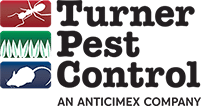

 If you love the natural beauty and fresh pine scent of live Christmas trees, you’re not alone. In fact, according to the National Christmas Tree Association, there are nearly 350 million trees being grown on Christmas tree farms in the United States and, each year, about 25 to 30 million of them are sold to customers like you.
If you love the natural beauty and fresh pine scent of live Christmas trees, you’re not alone. In fact, according to the National Christmas Tree Association, there are nearly 350 million trees being grown on Christmas tree farms in the United States and, each year, about 25 to 30 million of them are sold to customers like you.

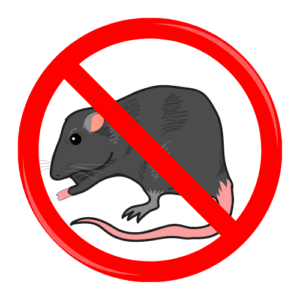 When families discover that rats and/or mice are in their home, the response is universal. They want them out, ASAP. When it comes to the “how,” though, there is no one size fits all solution —and we agree that the
When families discover that rats and/or mice are in their home, the response is universal. They want them out, ASAP. When it comes to the “how,” though, there is no one size fits all solution —and we agree that the 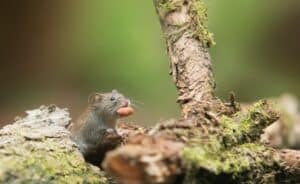
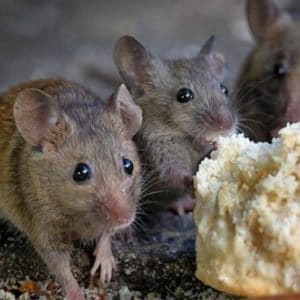

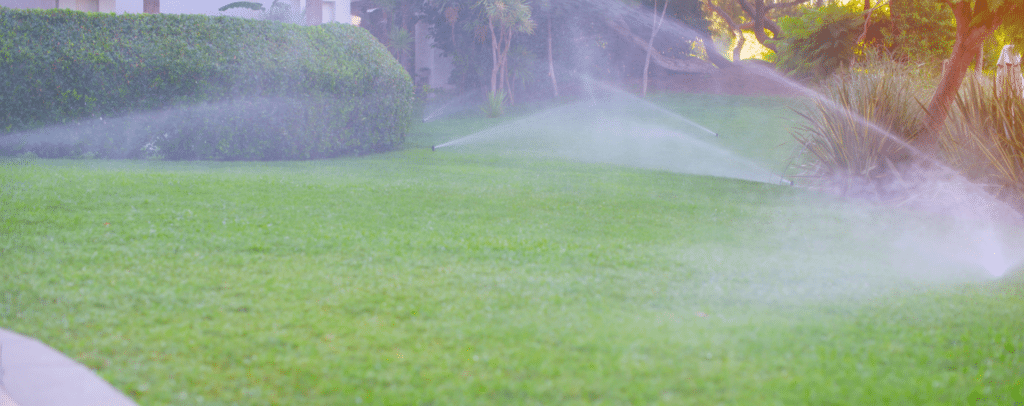
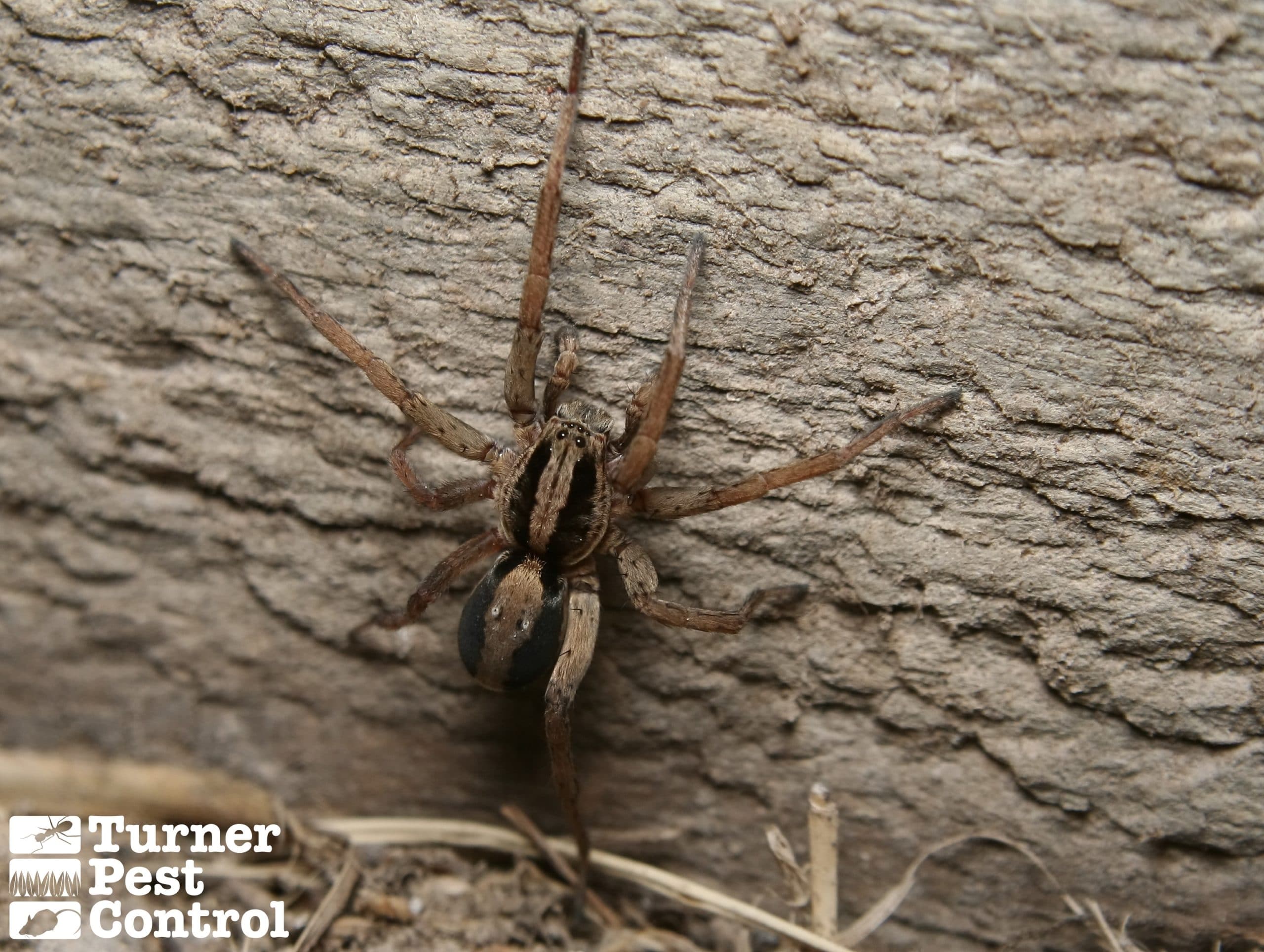
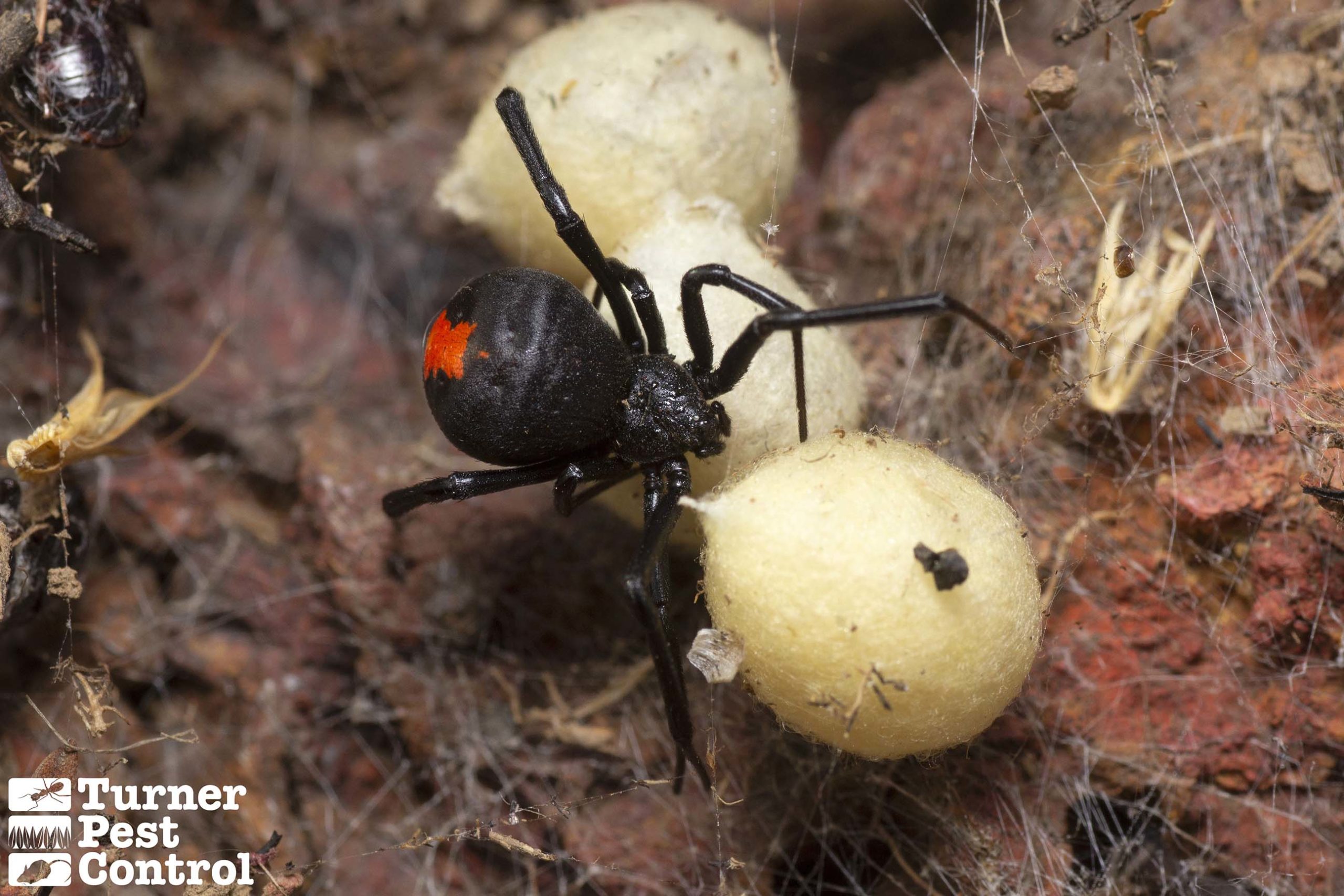
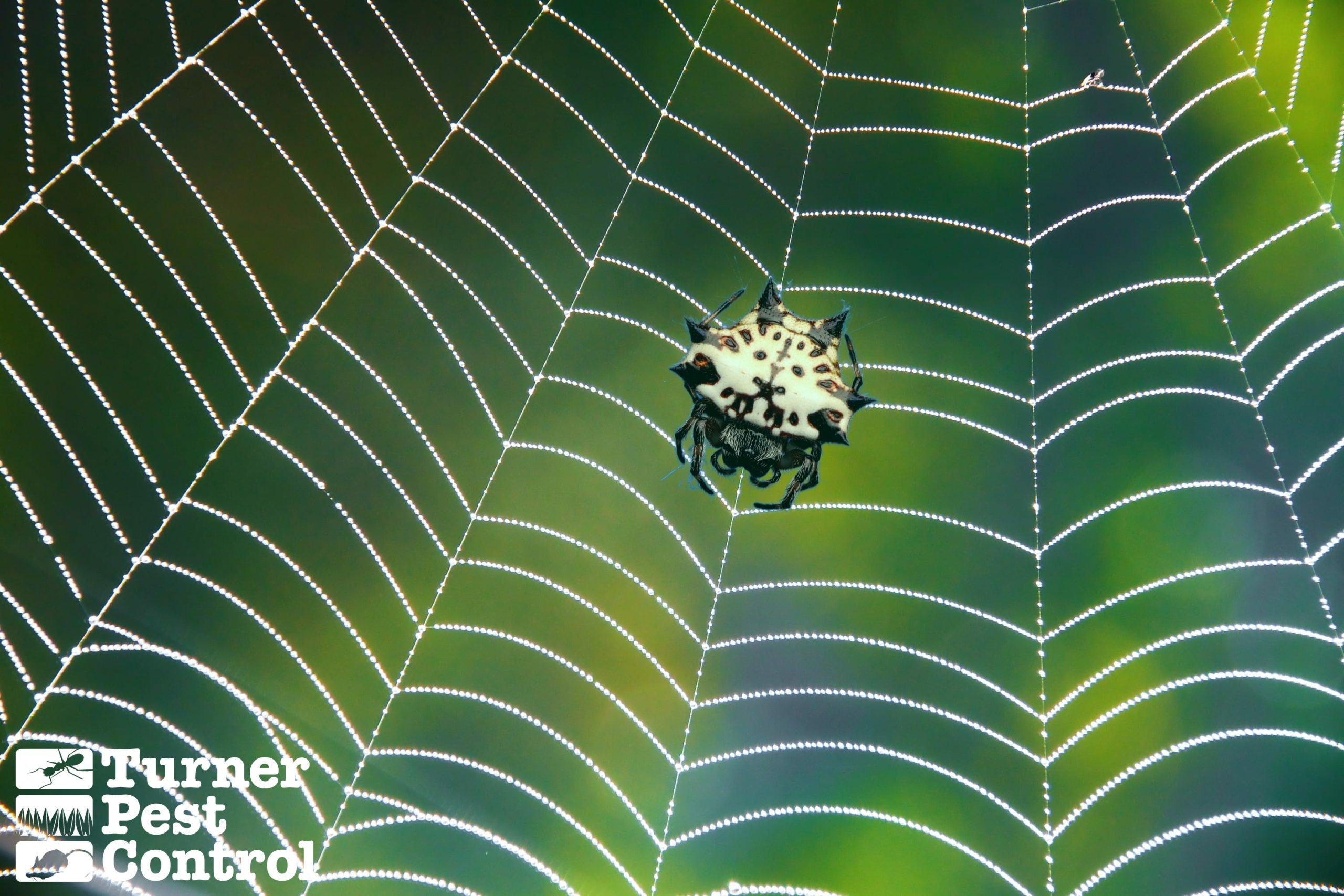
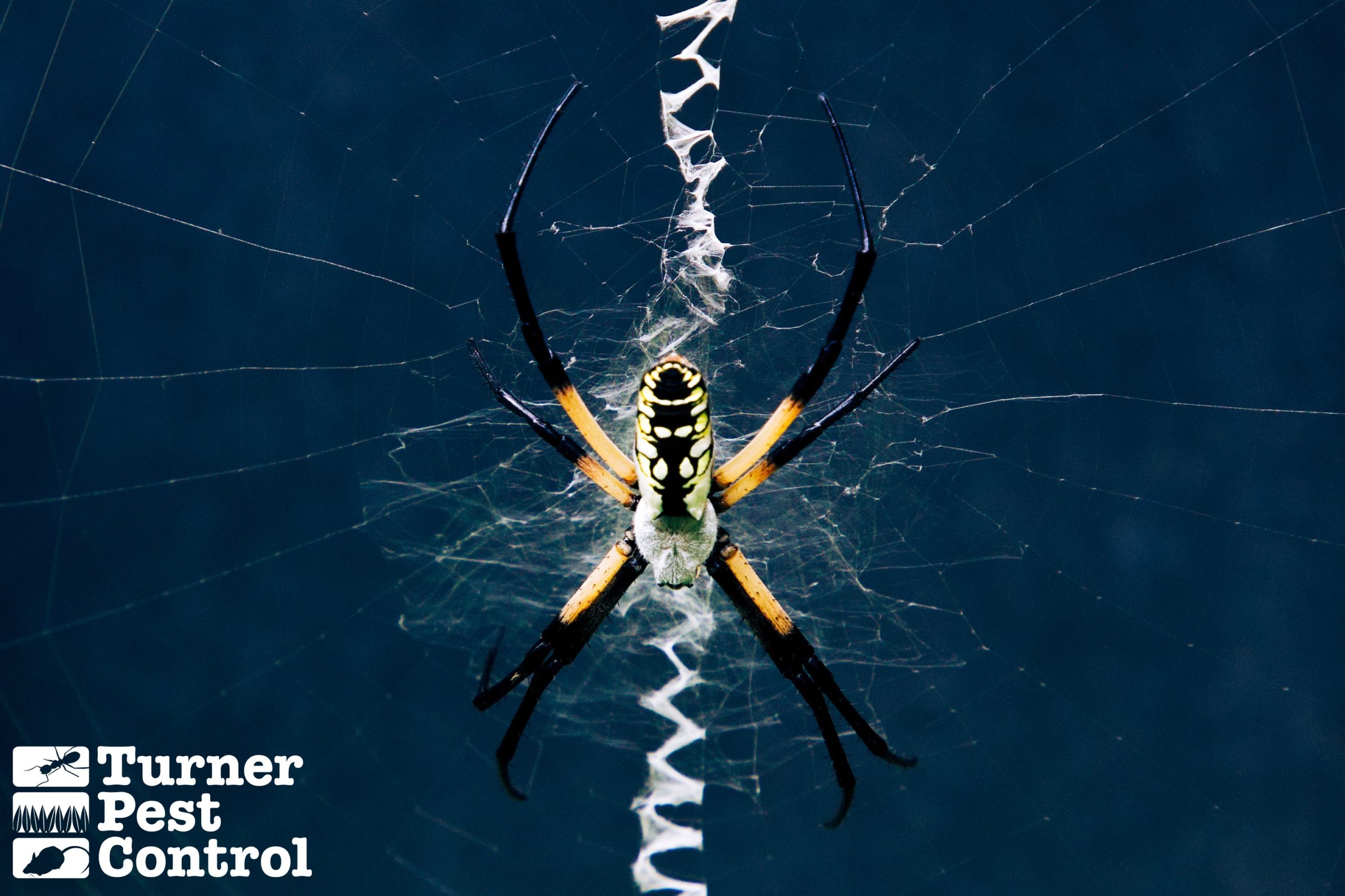
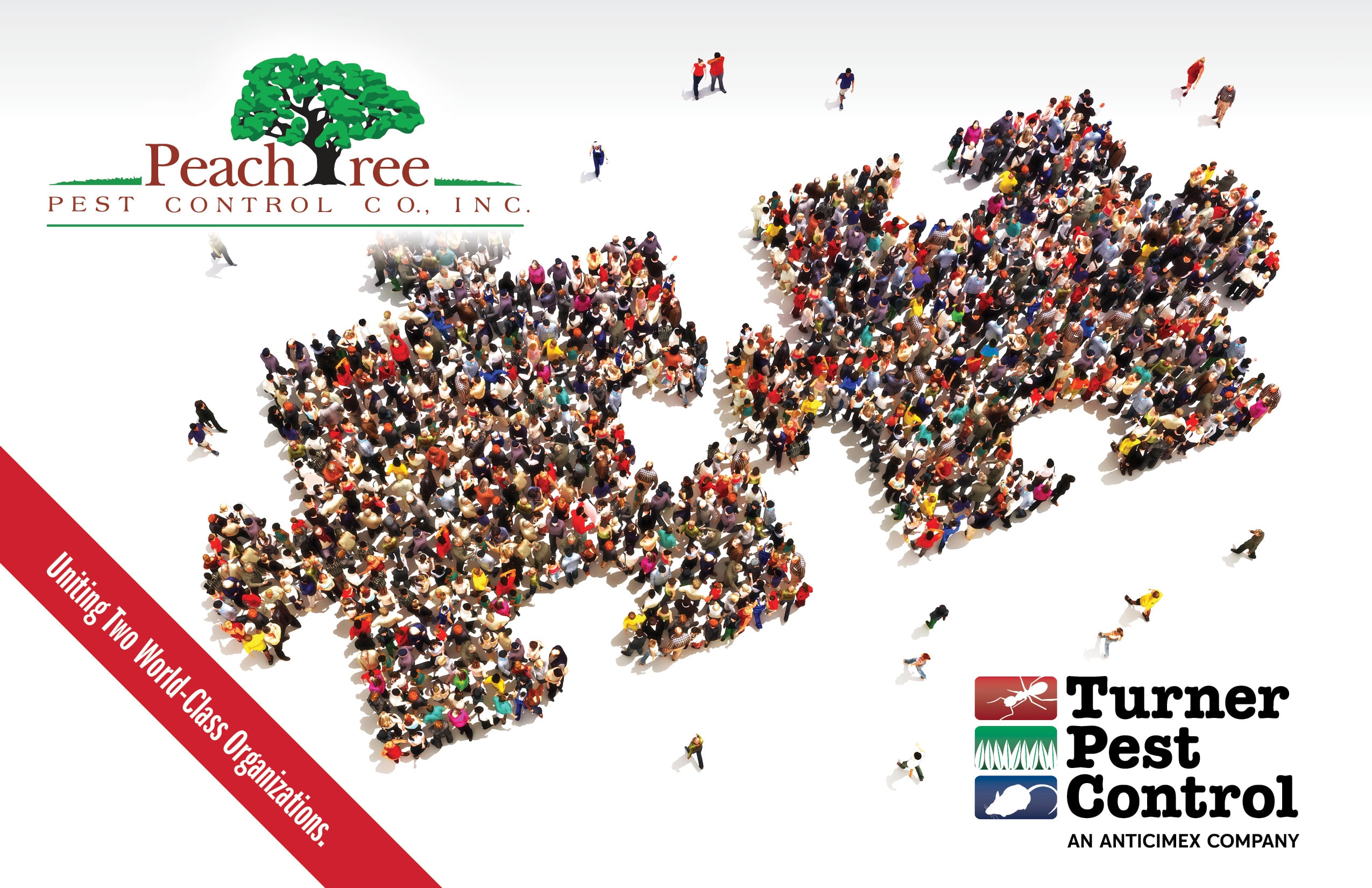

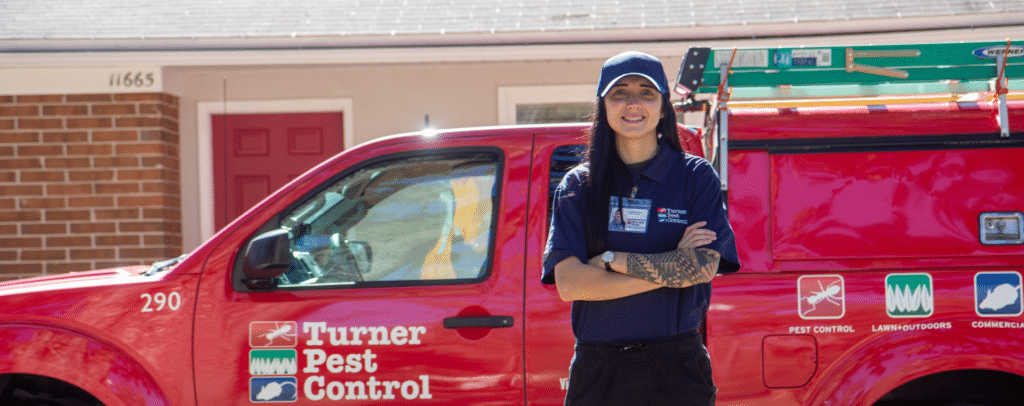
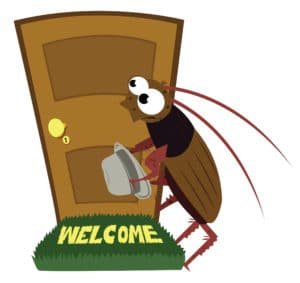
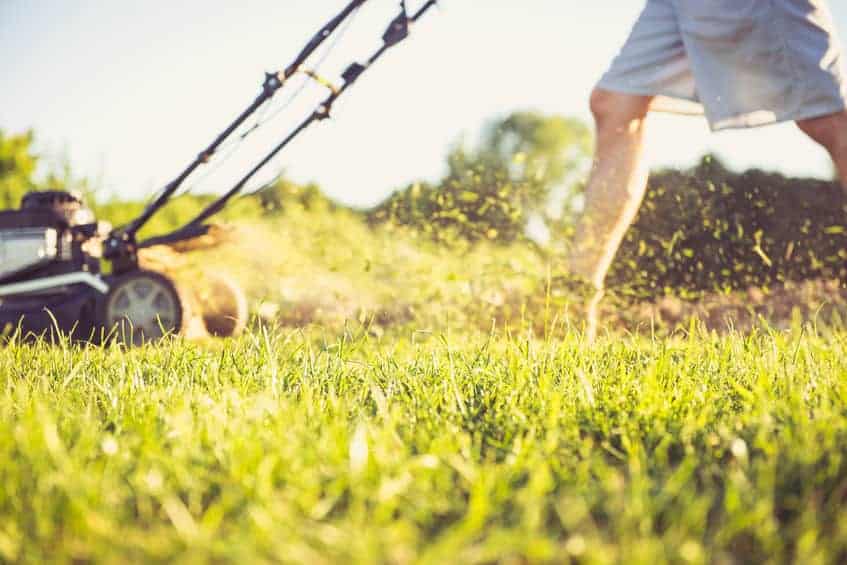
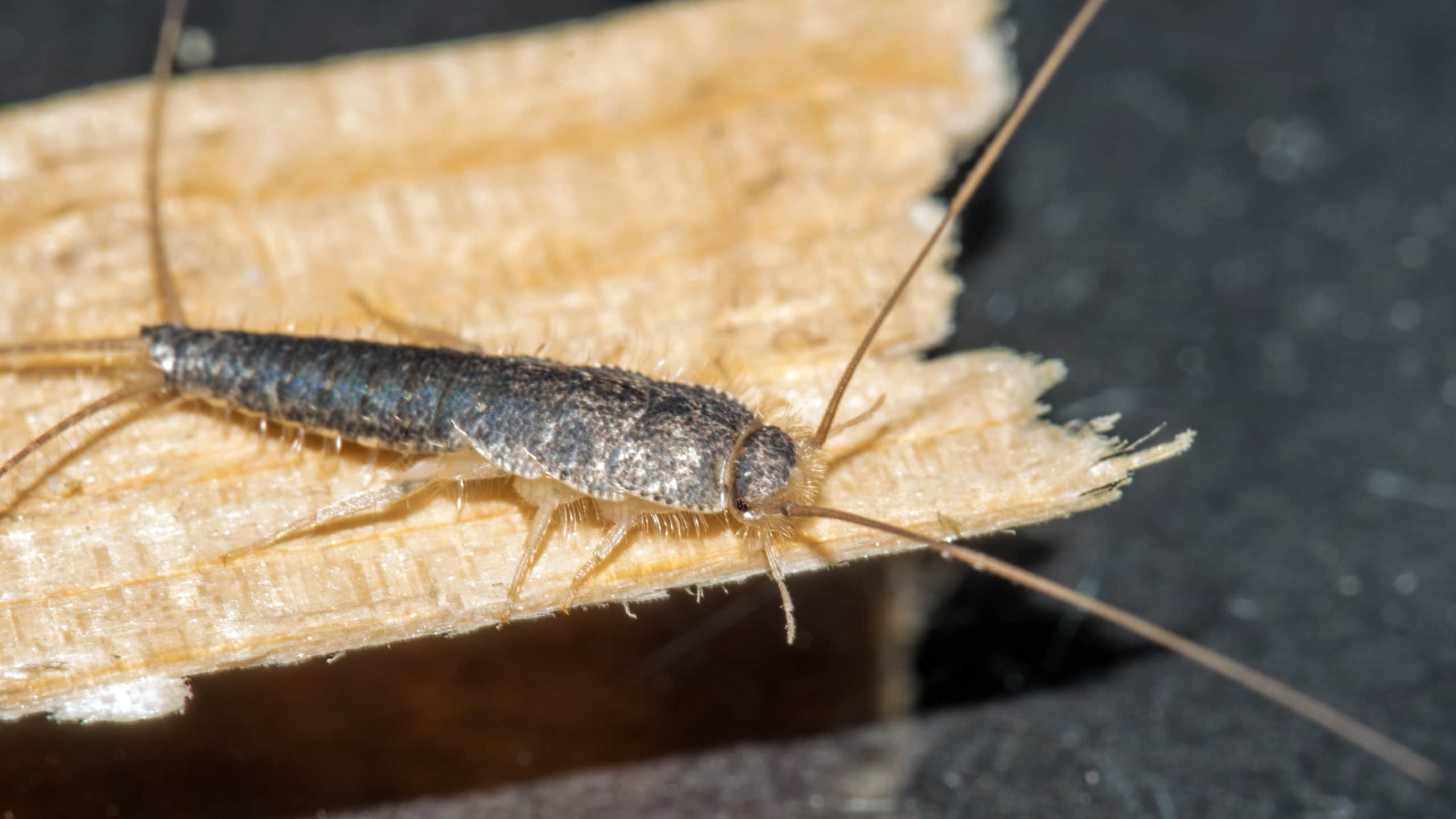
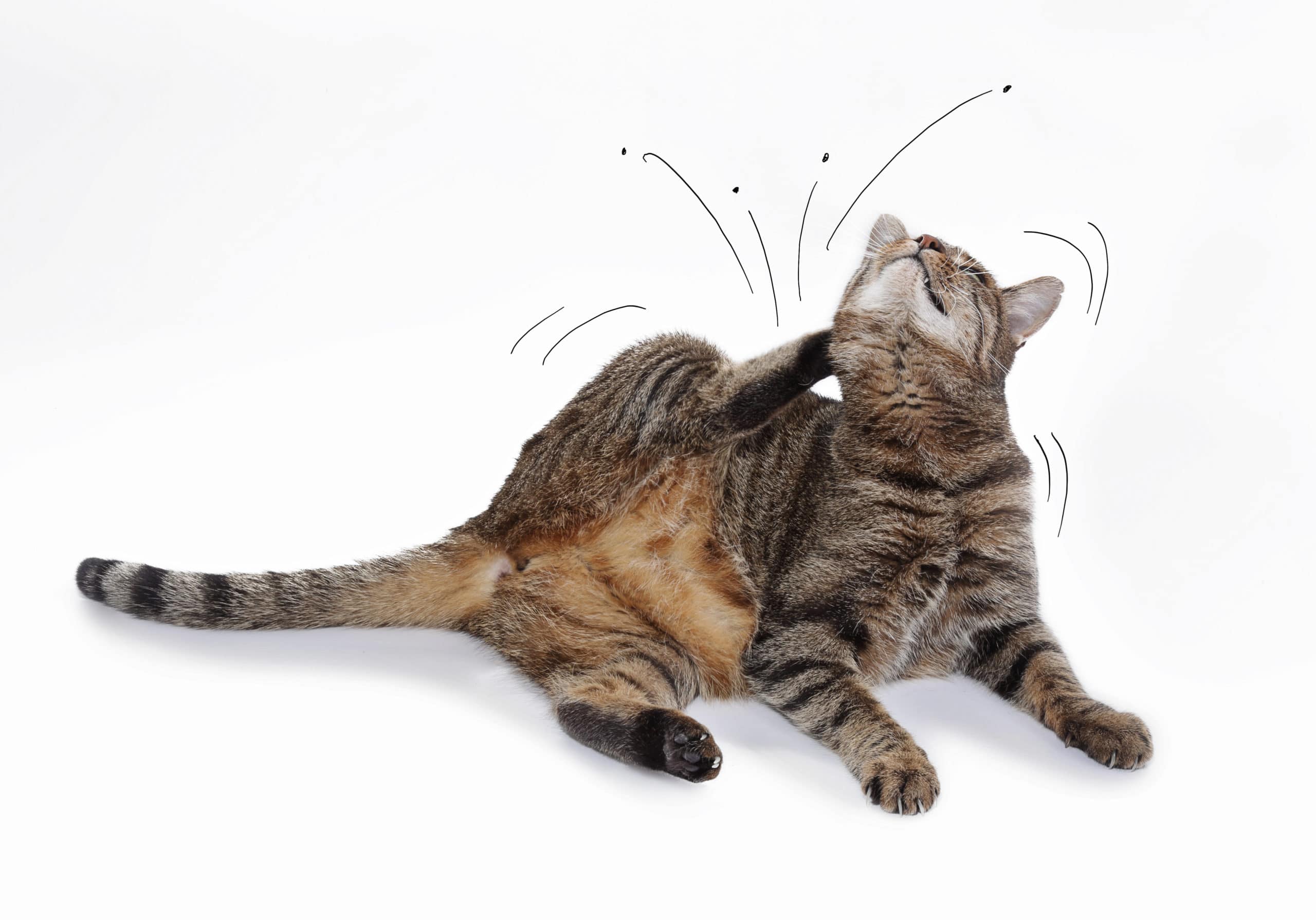
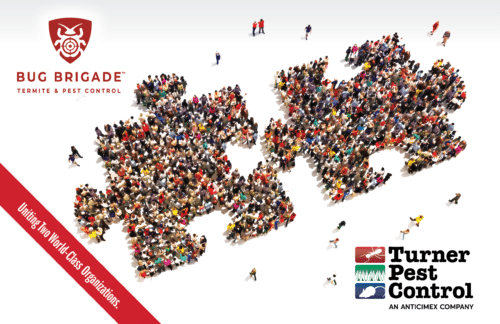

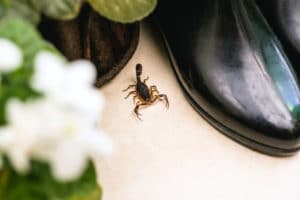
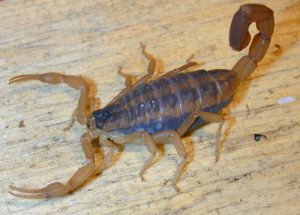
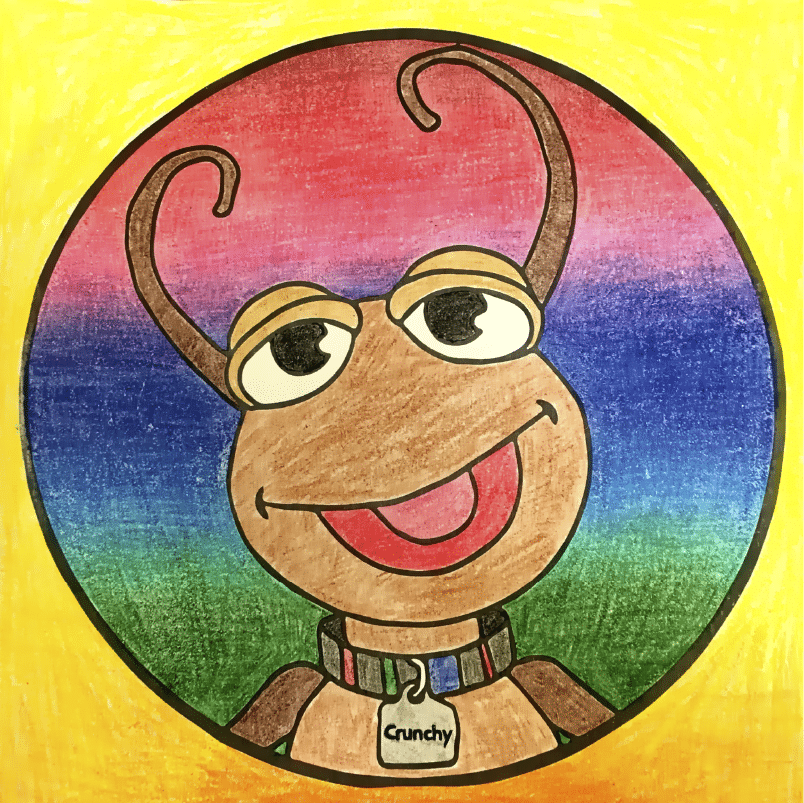
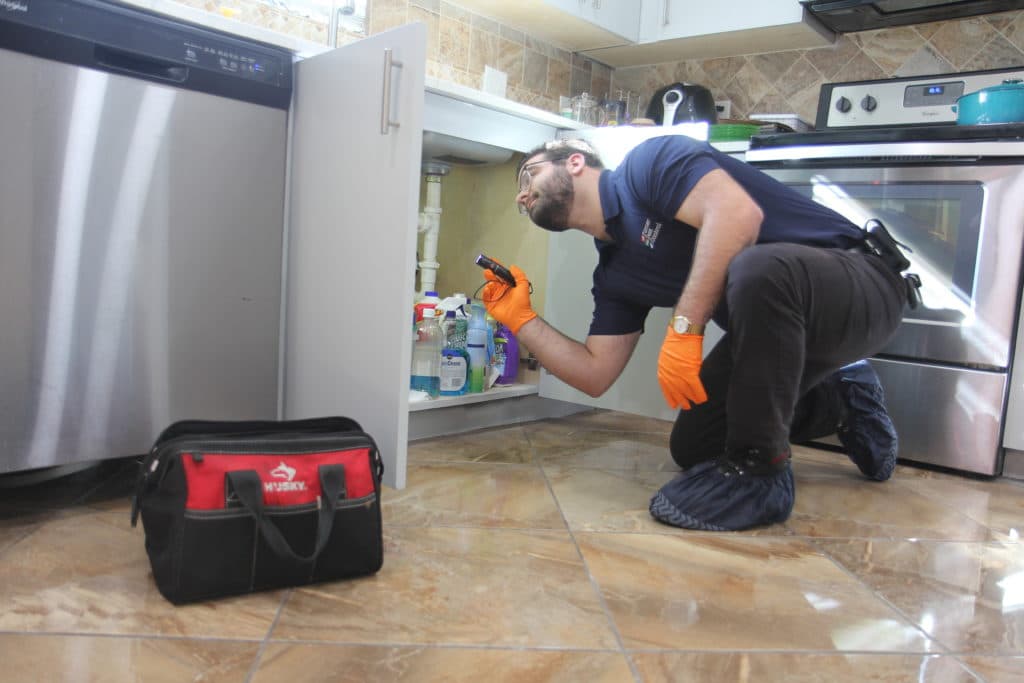 Have you ever caught a glimpse of something crawling in the kitchen or discovered you have a bug bite but don’t know where it came from? Chances are good that you’ve encountered one of the many household pests that are simply a fact of life. This guide offers a quick overview of how to identify these pests and why they may be in or around your home.
Have you ever caught a glimpse of something crawling in the kitchen or discovered you have a bug bite but don’t know where it came from? Chances are good that you’ve encountered one of the many household pests that are simply a fact of life. This guide offers a quick overview of how to identify these pests and why they may be in or around your home.